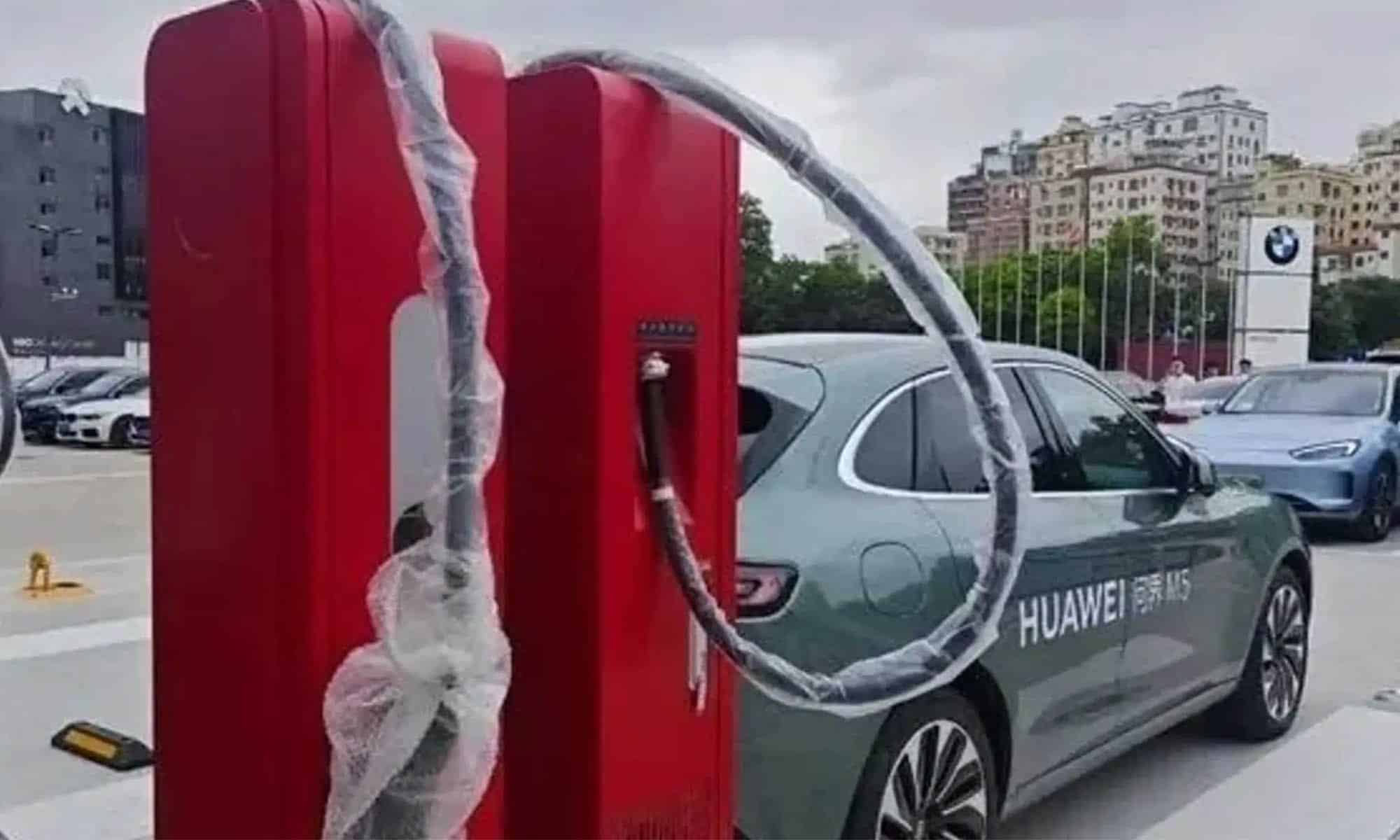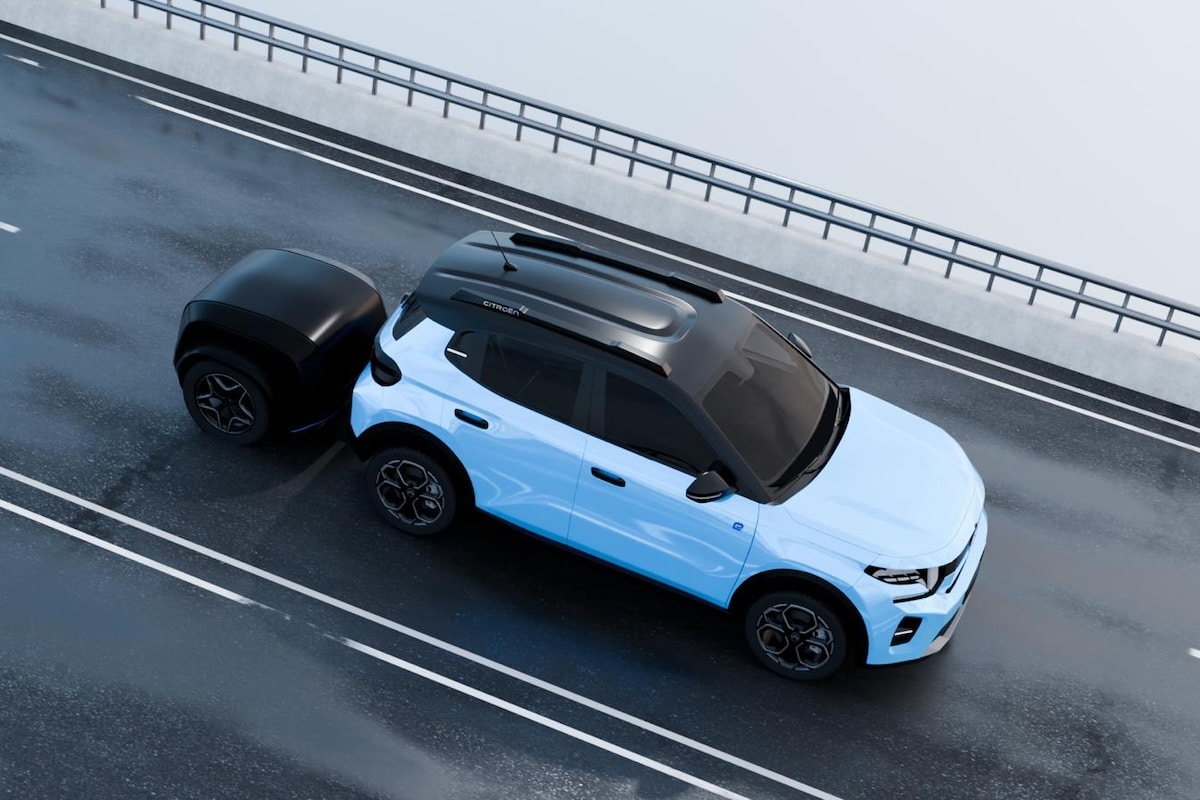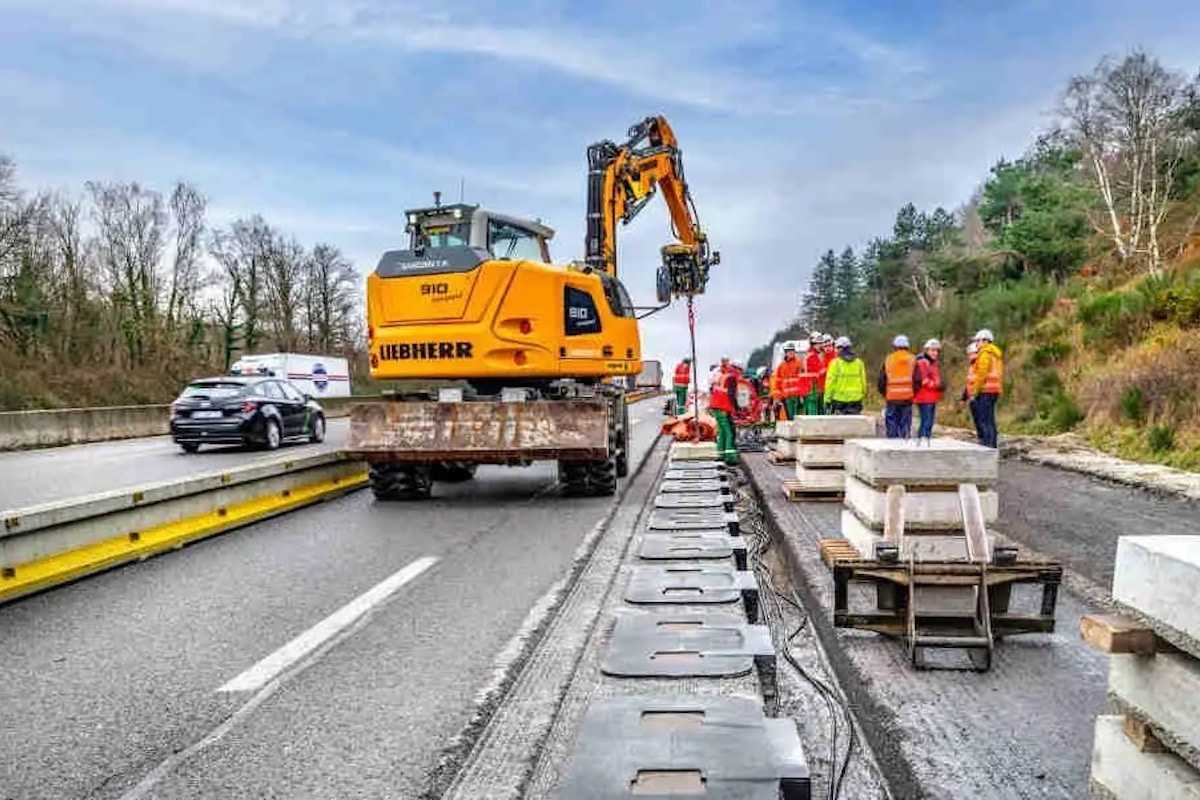Will we soon be able to recharge a car in the time it takes to fill up a tank of gas?

Huawei has just installed its first revolutionary ultra-fast charging stations for electric vehicles in China.
And Huawei is aiming high, very high, as it plans to install no less than 100,000 of these stations capable of increasing range by 600 km in just 10 minutes of charging! The day when recharging a car takes less time than fueling a gasoline tank may have arrived.
Based on the usage patterns of internal combustion engine vehicles, it is often estimated that at least 400 kilometers of range are needed to feel truly secure. But this reasoning is flawed, especially if cars are compatible with ultra-fast charging. This technology allows driving long distances without losing much time during each recharge stop. That is one of the reasons why manufacturers are working to develop batteries that can charge more quickly.
Notably, CATL with its Qilin CTP 3.0, which allows charging in just 10 minutes. But this also requires high-performance terminals capable of delivering the necessary power to meet this impressive speed. Huawei has understood this well, and the Chinese smartphone giant unveiled last year a terminal capable of delivering up to 600 kW. This terminal has just been put into operation in Shenzhen, in the south of the country. But the company, based in the same city, does not want to stop there. It announces plans to go even further.
Huawei and Tesla, fighting the same battle
The manufacturer explains that it plans to install these stations across the country, which would allow gaining one kilometer per second. Fully charging a Tesla Model 3 Propulsion, which has a range of 554 kilometers, would take less than ten minutes. An incredible feat, made possible by liquid cooling of its fast charger. This solution is also used by Tesla for its Semi trucks’ Megachargers, capable of delivering up to 1 MWh.
These 100,000 liquid-cooled Huawei stations will immediately be open to other manufacturers. The Chinese company also aims to develop its own energy storage solutions, aware that electricity demand is expected to increase significantly in the coming years.
This page is translated from the original post "Pourrons-nous bientôt recharger une voiture le temps d’un plein d’essence ?" in French.
We also suggestthese articles:
Also read






